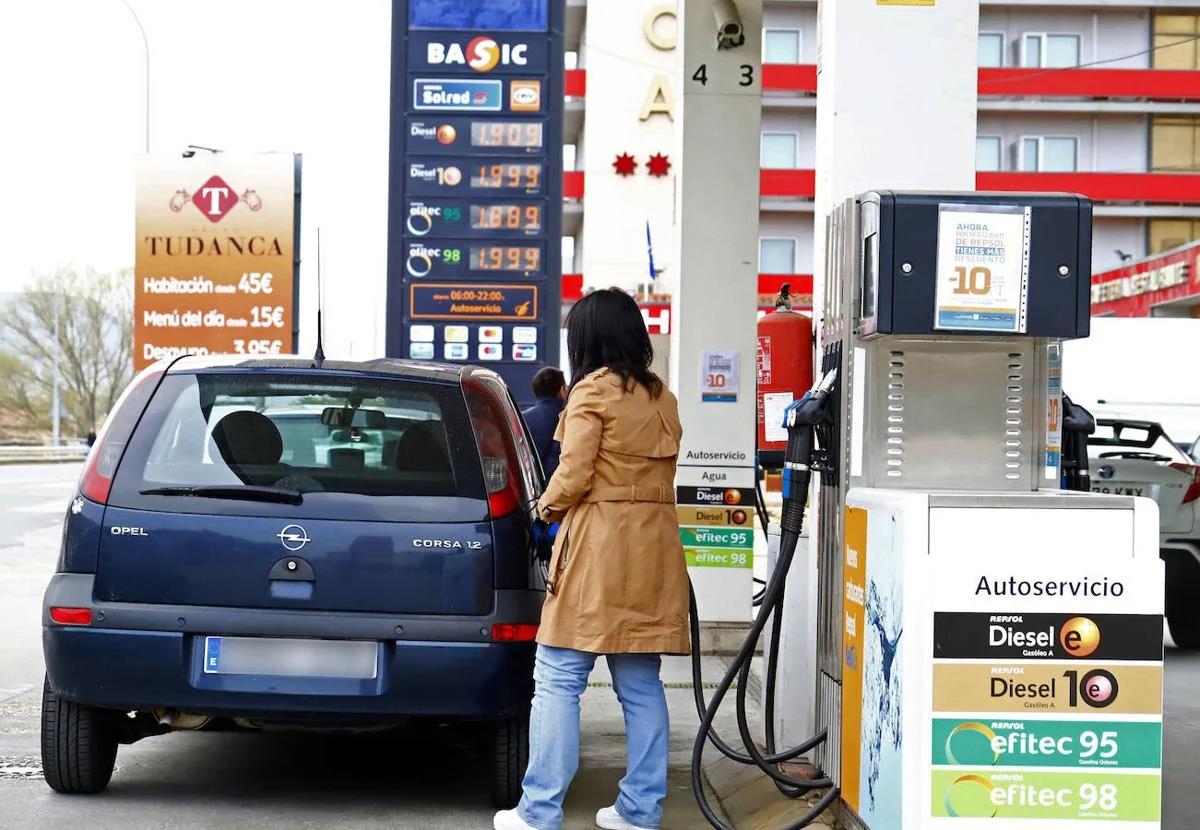Inflation is once more on the rise in Spain, reaching its highest level since February. The consumer price index (CPI) rose two tenths more in September, to 2.9%, according to data released by Spain’s INE national statistics institute on Monday. Electricity prices are up slightly, but the biggest driver behind the September figure was higher fuel prices. Inflation is once again picking up after stabilising in August and July, after rising four tenths of a percentage point that month due to higher energy prices.
However, core inflation, the pricing index that excludes energy and fresh food prices, fell in September by one tenth of a percentage point to 2.3% year-on-year, returning to the level it reached in July.
Therefore, Spain is drifting away from the level of 2% recommended by the European Central Bank (ECB) and is dangerously close to a 3% rate, a level that financial think-tank Funcas predicted would be reached as early as September. The deflation process could be hampered by rising import prices to the United States and adjustments in supply chains, especially if trade fragmentation continues to escalate.
Furthermore, this rebound in inflation pushes up pension increases, which will be determined by average inflation from November 2024 to November 2025. The gap with the eurozone’s average inflation rate also continues to widen. Eurostat data for August – the latest available – recorded a rate of 2%, well below Spain’s. Germany recorded 2.1% in August, in line with the ECB target. Other European economic powerhouses such as France and Italy are already well below 2%, at 0.8% and 1.2% respectively.
Shopping basket highs and lows
Monthly inflation (September-August) fell by 0.4% as fuel and electricity prices rose less than last month. Detailed inflation data will be published on 15 October, revealing the price rises for standard shopping basket items as the total cost rose by 2.7% in August.
The most expensive items were coffee and chocolate for yet another month, with increases of around 20% compared to their prices from a year ago. According to the INE’s data broken down by product for August, eggs soared by 18% and beef by 15%. Also seeing double digits were cocoa (12%), lamb (11%) and pulses (10%). The only foods that fell compared to August last year were sugar (down 19%) and olive oil (down 44%), but it should be noted that both had been setting record highs for months and these falls may be due to the ‘step effect’ (a levelling out of prices following what has been a series of exceptional price hikes caused by the economic fallout from the conflict in Ukraine, tariff wars and so on).

